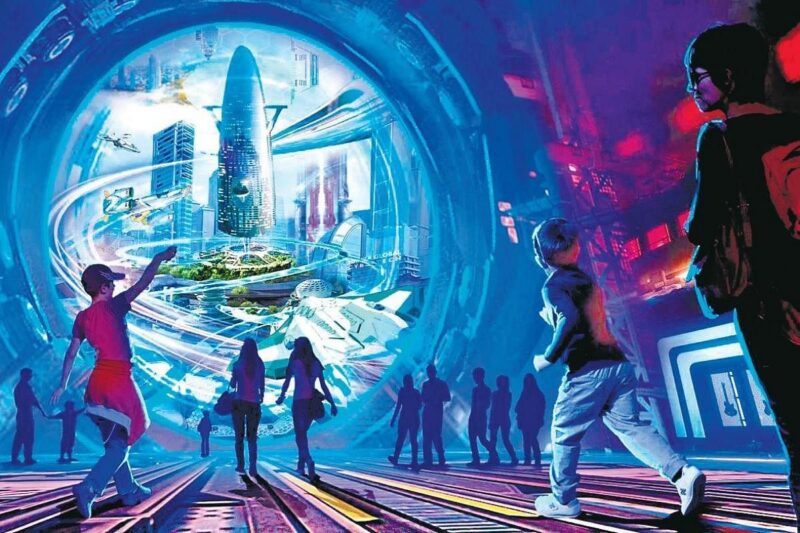Augmented reality (AR) is an interactive experience of a real-world environment whereby the objects that reside in the real-world are “augmented” by computer-generated perceptual information, sometimes across multiple sensory modalities, including visual, auditory, haptic, somatosensory, and olfactory.
Hardware components for augmented reality are: processor, display, sensors and input devices. Modern mobile computing devices like smartphones and tablet computers contain these elements which often include a camera and MEMS sensors such as accelerometer, GPS, and solid state compass, making them suitable AR platforms.
Unlike virtual reality, which requires you to inhabit an entirely virtual environment, augmented reality uses your existing natural environment and simply overlays virtual information on top of it. As both virtual and real worlds harmoniously coexist, users of augmented reality experience a new and improved natural world where virtual information is used as a tool to provide assistance in everyday activities.
Applications of augmented reality can be as simple as a text-notification or as complicated as an instruction on how to perform a life-threatening surgical procedure. They can highlight certain features, enhance understandings, and provide accessible and timely data. Cell phones apps and business applications by companies using augmented reality are a few of the many applications driving augmented reality application development. The key point is that the information provided is highly topical and relevant to what you want you are doing.
Augmented reality (AR) is one of the biggest technology trends right now, and it’s only going to get bigger as AR ready smartphones and other devices become more accessible around the world. AR let us see the real-life environment right in front of us—trees swaying in the park, dogs chasing balls, kids playing soccer—with a digital augmentation overlaid on it. For example, a pterodactyl might be seen landing in the trees, the dogs could be mingling with their cartoon counterparts, and the kids could be seen kicking past an alien spacecraft on their way to score a goal.
With advances in AR technology, these examples are not that different from what might already be available for your smartphone. Augmented reality is, in fact, readily available and being used in a myriad of ways including as Snapchat lenses, in apps that help you find your car in a crowded parking lot, and in variety of shopping apps that let you try on clothes without even leaving home.






